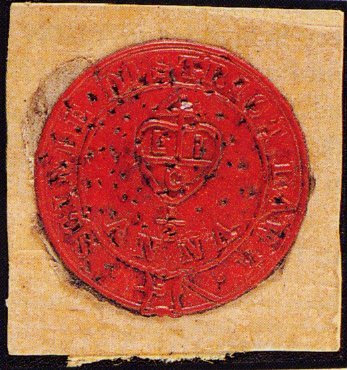#british raj

Devdas (2002) dir. Sanjay Leela Bhansali
Johann Zoffany (?)
Portrait of a Bibi, Lucknow
India (c.1785)
[Source]Sotheby’ssays:
She sits in an interior before a draped curtain, with a cloudy sky visible beyond. Her hair hangs in ringlets around her sweet face, her ears and neck heavy with opulent jewellery. One arm is raised and she clasps a delicately carved jade mirror in her hand, although her eyes gaze guilelessly into the distance. Whilst the actual identity of the sitter is difficult to establish, with her rich, though informal, robes and splendid jewels it is likely that the subject of this charming portrait was the bibi of a British East India-man.
As a result of the strict customs governing the interaction of men and women in India, most artists’ impressions of the fairer sex were drawn either from imagination or from the only visible group, the ubiquitous nautch girl, who entertained society by dancing in public. Such women were often of the lower echelons of the social hierarchy, and are unlikely to have been as fair or as voluptuous as this sitter. Nor would a nautch girl have owned such opulent jewellery, or be seated in a luxurious interior; it is probable therefore that a portrait of an elegant Indian lady of society would have been commissioned by a member of the Anglo-Indian community. This portrait represents both a novel development in the painting of women and also a new section of society itself, the bibis of the white mughals. Traditionally taboo portraits of women became not uncommon during the eighteenth century, as the tastes and cultural morés of the British were established in the Raj. In such paintings of newly ‘visible’ women, she is often painted indoors or in a gentrified landscape, and her countenance is imbued with a demureness, and composure that suggests a woman of breeding, as it is here.
Post link
Chakwal’s lone Hindu family leads peaceful but secluded life
CHAKWAL: “When I first went to a local college two years ago, students and teachers gave me a strange look,” recalls 18-year-old Manisha Chhiber, a Hindu girl whose family lives a secluded life in Kariyala village located at the top of Surla Hill, some 10km away to the south of Chakwal city.
Manisha’s family is one of the only two Hindu families living in Chakwal district (the other lives in Kot Chaudhrian village located some 40km to the west of Chakwal).
“They gave me a bizarre glance because being a Hindu I was an alien to them and such a situation always hurts me but I don’t express my feeling,” Manisha continues.
But in village Kariyala she and six other members of her family live peacefully and do not feel isolated.
Manisha now waits for her BCom result and wants to become an officer by passing the Central Superior Services (CSS) exam. (more)
Follow us on Facebook | Twitter or Submit something or Just Ask!
Post link
The Sindh Province of what was then British (East India Company) India has the distinction of having produced the first pre-paid postage stamps in the Indian Subcontinent - in this case, embossed paper or wax paper marked with the words “Scinde District Dawk,” “Scinde” being the early British spelling for Sindh, “Dawk” being the Hindi word for postage. I WANT ONE.
Stamp details:
Issued on: July 1, 1952
From: Sindh, British Raj
MC #N/A
Recognized as sovereign states by the UN: No
Claimed by: Islamic Republic of Pakistan
Member of the Universal Postal Union: No
Post link

![eastiseverywhere: Johann Zoffany (?)Portrait of a Bibi, LucknowIndia (c.1785)[Source]Sotheby’s says: eastiseverywhere: Johann Zoffany (?)Portrait of a Bibi, LucknowIndia (c.1785)[Source]Sotheby’s says:](https://64.media.tumblr.com/f695bdf6f35067fb22d2647a5685d7b7/tumblr_ntplxvDV1v1tu1fv2o1_500.jpg)

